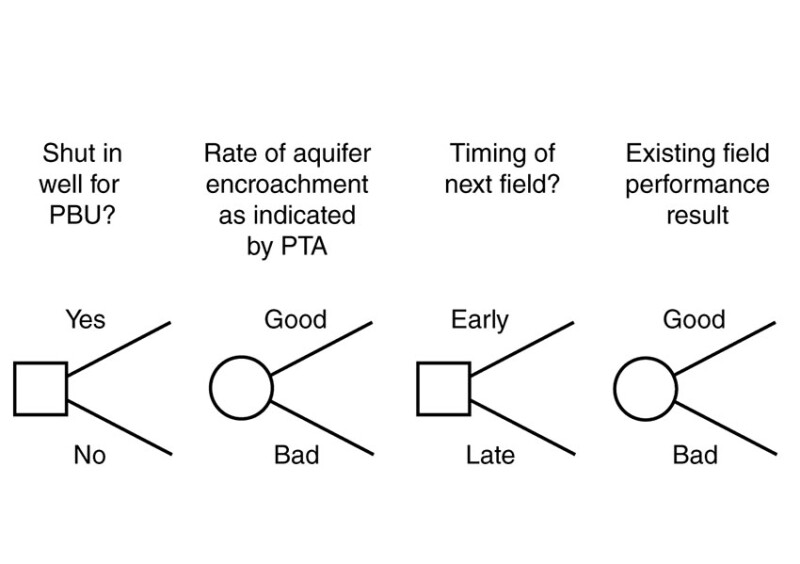A set of examples is shared in the complete paper for calculating the value of reservoir surveillance conducted in gas fields tying into liquefied natural gas (LNG) plants. The objective is to use existing value of information (VOI) methods to provide a means of justifying this reservoir surveillance, given that management of operating companies often is more inclined to agree to reservoir surveillance when its value is calculated clearly.
Introduction
The main objective in supplying gas to an LNG plant is to ensure that sufficient gas feed is available at all time scales (short-, medium-, and long-term). To forecast future gasfield performance, surveillance of producing reservoirs is required. The surveillance data are considered highly valuable by petroleum engineers, but a quantitative value is not always calculated.
Oil and gas engineers have considered VOI when gathering field-appraisal information for some time. Many concepts were originally borrowed from the financial industry.


